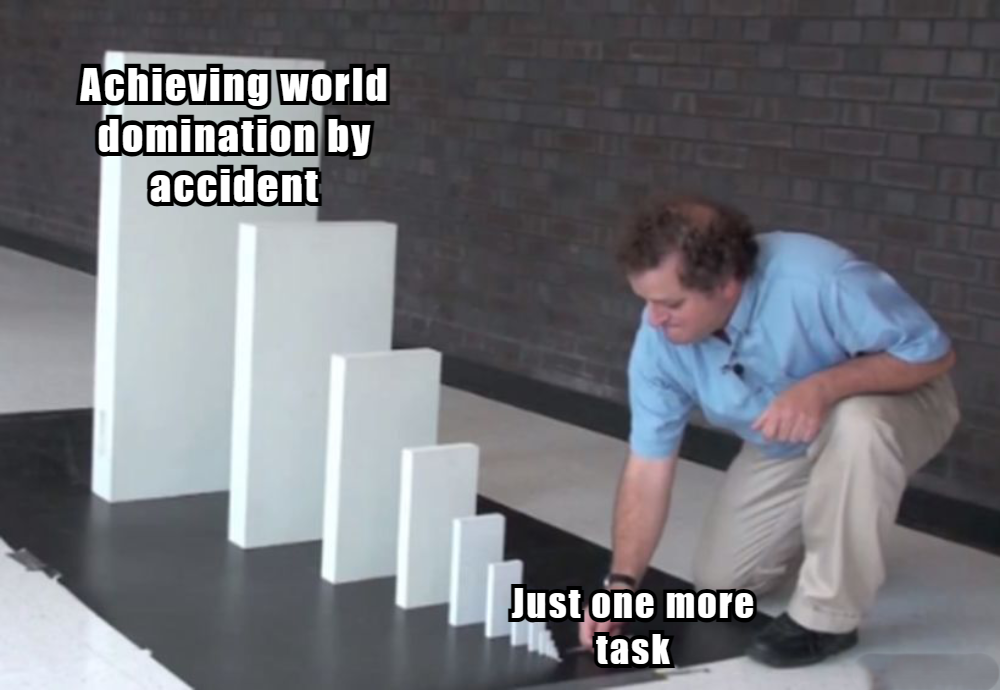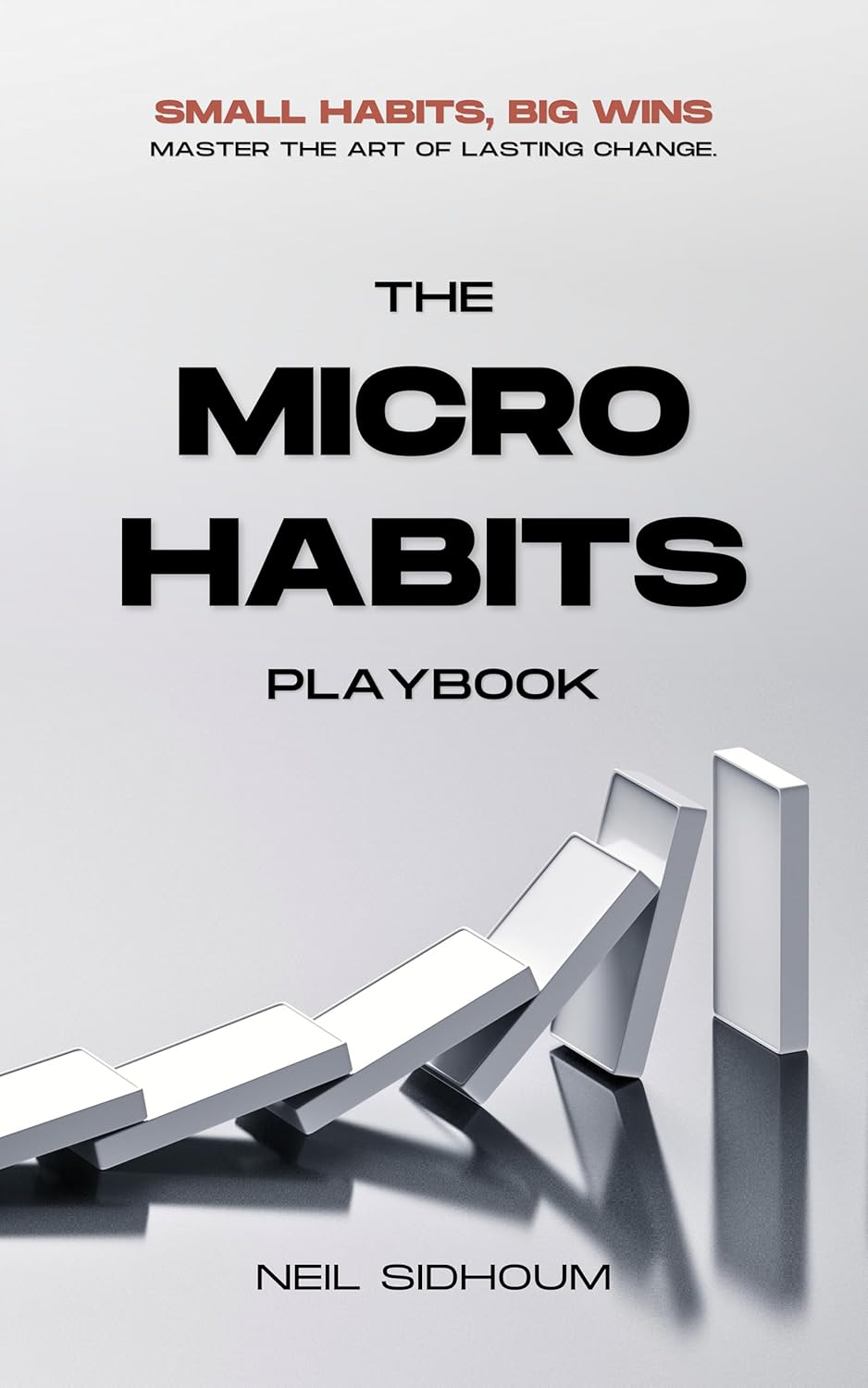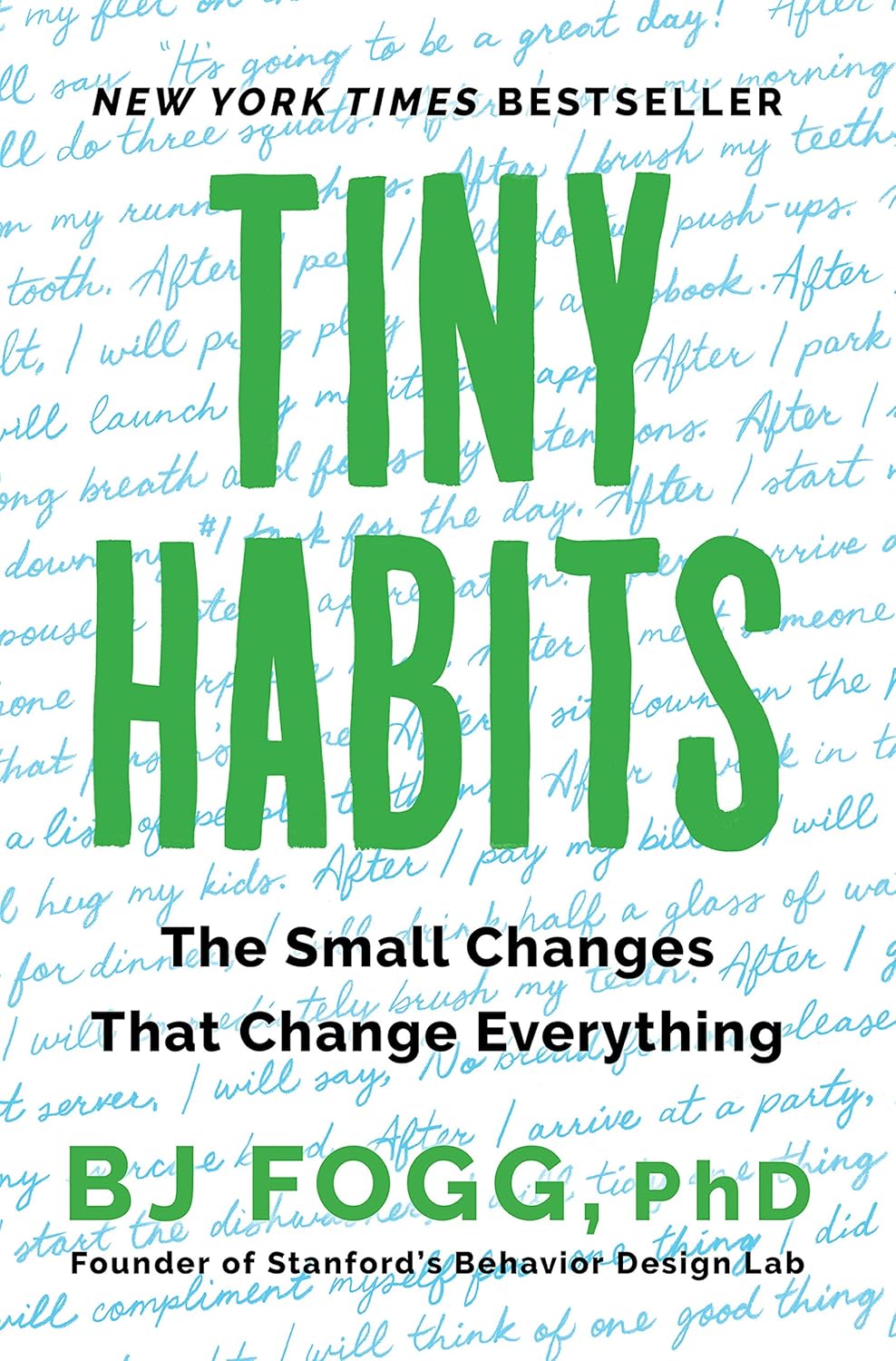Keeping your workflow organized can be harder than the work itself. The good news is, if you spot issues early, you can fix them before they cause major damage. This article will help you identify and address productivity gaps efficiently.
Micro-goals: Achieve big success with small steps
In any type of work, we often encounter large tasks that feel overwhelming. This is where the micro-goals methodology comes to the rescue. In this article, we'll explore several proven techniques that will help you learn to set and achieve micro-goals, transforming any big task into a series of manageable steps.
Key takeaways
The SMART method transforms abstract desires into concrete action plans with measurable results
Kaizen philosophy proves that daily improvements of just 1% yield results that are 37 times better after one year
Intermediate goals activate dopamine production in the brain, sustaining motivation for long-term projects
The SMART method
SMART is an acronym that stands for Specific, Measurable, Achievable, Relevant, and Time-bound. This method transforms vague wishes into clear, structured tasks.
The SMART principle is particularly effective when working with micro-goals because it forces us to detail every step. Instead of "I want to lose weight," you get "I will exercise for 30 minutes every Tuesday and Thursday for one month." This specificity helps break down a large task into understandable, measurable actions with clear deadlines.
Example of applying SMART to micro-goals:
- Poor: "Learn English"
- Good: "Learn 10 new English words every week using AI for 3 months"
Each SMART criterion works as a filter: Specific eliminates ambiguity, Measurable allows progress tracking, Achievable protects against unrealistic expectations, Relevant connects the goal to overall plans, and Time-bound creates healthy pressure for action.
The Kaizen method

Kaizen is a Japanese philosophy of continuous improvement that emerged in post-war Japan and helped the country become an economic leader. Literally, "kaizen" translates to "change for the better," and the essence of this methodology is that major changes happen through a series of tiny, daily improvements.
Kaizen principles for micro-goals:
- The 1% rule: Improve by just 1% each day, and after one year, the result will be 37 times better
- Small actions: Instead of radical changes, take micro-steps (read 1 page, do 5 push-ups)
- Consistency over intensity: Better to practice 10 minutes daily than 3 hours once a week
Psychologically, Kaizen reduces the brain's resistance to change. When we set a massive goal like "run a marathon," our subconscious activates defense mechanisms. But when the goal sounds like "take a 5-minute walk," the brain doesn't perceive it as a threat. This is why micro-goals using the Kaizen method help bypass internal resistance and form sustainable habits.
Agile/Scrum Power
Agile and Scrum started life in software development, but today these methodologies are absolutely crushing it across all kinds of projects. The core approach is working in short iterations (sprints) lasting 1-4 weeks, where massive tasks get chopped up into small, doable chunks.
Key Agile principles for micro-goals:
- Sprints: Break your work into short bursts with specific targets
- Daily stand-ups: Quick 15-minute check-ins to track progress
- Retrospectives: Regular deep-dives into what's working and what needs tweaking
- Flexibility: Stay ready to pivot based on new intel
This approach is a game-changer for remote teams and freelancers. Take building a website—instead of mapping out six months ahead, you work in sprints: sprint one creates homepage mockups, sprint two codes them up, sprint three adds the interactive bells and whistles. Each sprint delivers tangible results, keeps motivation high, and lets you pivot quickly when requirements shift.
Picture this: A mobile app dev team breaks their project into 2-week sprints. Rather than trying to build the perfect product over six months, they ship a working version with new features every two weeks, gather feedback, and course-correct as they go.
The psychology of progress
Milestone goals are those meaningful checkpoints on your journey that create real momentum and forward motion. Psychology research shows people don't lose steam because tasks are hard—they quit when they can't see they're making progress. When we spot ourselves getting closer to the finish line, our brains pump out dopamine—that feel-good chemical that makes us want to keep pushing.
Here's the "progress effect" in action: even the illusion of moving forward beats radio silence every time. Coffee shop loyalty programs give you 2 stamps right off the bat toward your 12-stamp goal, instead of just handing you a blank 10-punch card. People feel like they've already started the journey.
How to nail your milestone goals:
Quarter your path: Break it into 25% chunks—quarter-way, halfway, three-quarters are psychologically powerful points
Create quick wins: Your first milestones should be achievable within a week
Celebrate the victories: Every milestone deserves recognition and a small reward
Make progress visible: Use progress bars, checklists, calendars—whatever shows movement
Pro tip: When learning a new language, don't aim for "speak fluently." Build a chain instead: learn 100 words → have a 5-minute conversation → read a simple article → watch a movie with subtitles. Each stage gives you that achievement rush and fuels your drive for the next one.
Practical tips
Setting micro-goals correctly is a skill that develops with practice. The main principle: the goal should be so small that refusing to do it would be foolish, yet significant enough to bring you closer to the bigger task.
Algorithm for breaking down large tasks:
- Define your end goal and write it down as specifically as possible.
- Identify key stages — 3-7 major work blocks.
- Break each stage into tasks that take no more than 1-2 hours of work.
- Check for realism — could you complete this task on a bad day?
- Add metrics — how will you know the task is completed?
Tracking tools:
- Task managers: Taskee, Trello for structuring tasks
- Habit trackers: Habitica, Streaks for daily micro-goals
- Calendar planning: Google Calendar, Apple Calendar for time frames
- Physical tools: paper checklists, sticky notes, kanban boards
Regular analysis system:
- Weekly: review micro-goal completion and adjust plans
- Monthly: analyze overall progress and recalibrate strategy
- Quarterly: revisit big goals and micro-goal relevance
Remember: it's better to complete 80% of simple micro-goals than 20% of complex ones. Success in small things creates momentum for big achievements.
Why Taskee.pro?
The Taskee.pro platform is specifically designed for effective task management and perfectly suits implementing all the described micro-goal methodologies. Here you can easily break down large projects into small tasks, set clear SMART deadlines, and track daily progress in the Kaizen spirit.
The platform's functionality allows you to create task hierarchies — from global goals to the smallest actions, set up reminders to maintain consistency, and visualize progress through convenient dashboards. What's particularly valuable is that Taskee.pro supports Agile-style teamwork — you can create sprints, distribute micro-tasks among team members, and conduct regular retrospectives right in the platform interface, and all of this is absolutely free for you and your team.
Interesting fact 
When achieving even small goals, the brain releases dopamine — a neurotransmitter associated with pleasure and motivation. This creates a positive feedback loop that helps maintain motivation for further actions.
Related articles:
To maximize efficiency in organizing your workday while working from home, explore our Effective tips for successful remote work.
Find out whether Agile methodology is truly right for your projects, or if you should consider alternatives, in our article about Disadvantages of agile project management: Is it right for your team?
To deepen your knowledge in project management and master advanced planning techniques for big goals, check out Top project management books for 2025: Essential reads for every PM.
Conclusion
Micro-goals are a scientifically-backed approach to achieving success. Using SMART methods, Kaizen, Agile, and goal-setting theory, you transform any ambitious task into a series of achievable steps. Start small, stay consistent, and don't fear big goals — now you know how to reach them.
Recommended reading 

“The Micro Habits Playbook”
A practical guide with a 4.8-star rating for transforming productivity and life.
On Amazon
"Tiny Habits"
A revolutionary method from a Stanford behavioral science specialist who has helped thousands of people build their ideal lives.
On Amazon
"Atomic Habits"
The #1 New York Times bestseller that teaches you to form good habits by mastering tiny daily actions.
On Amazon






